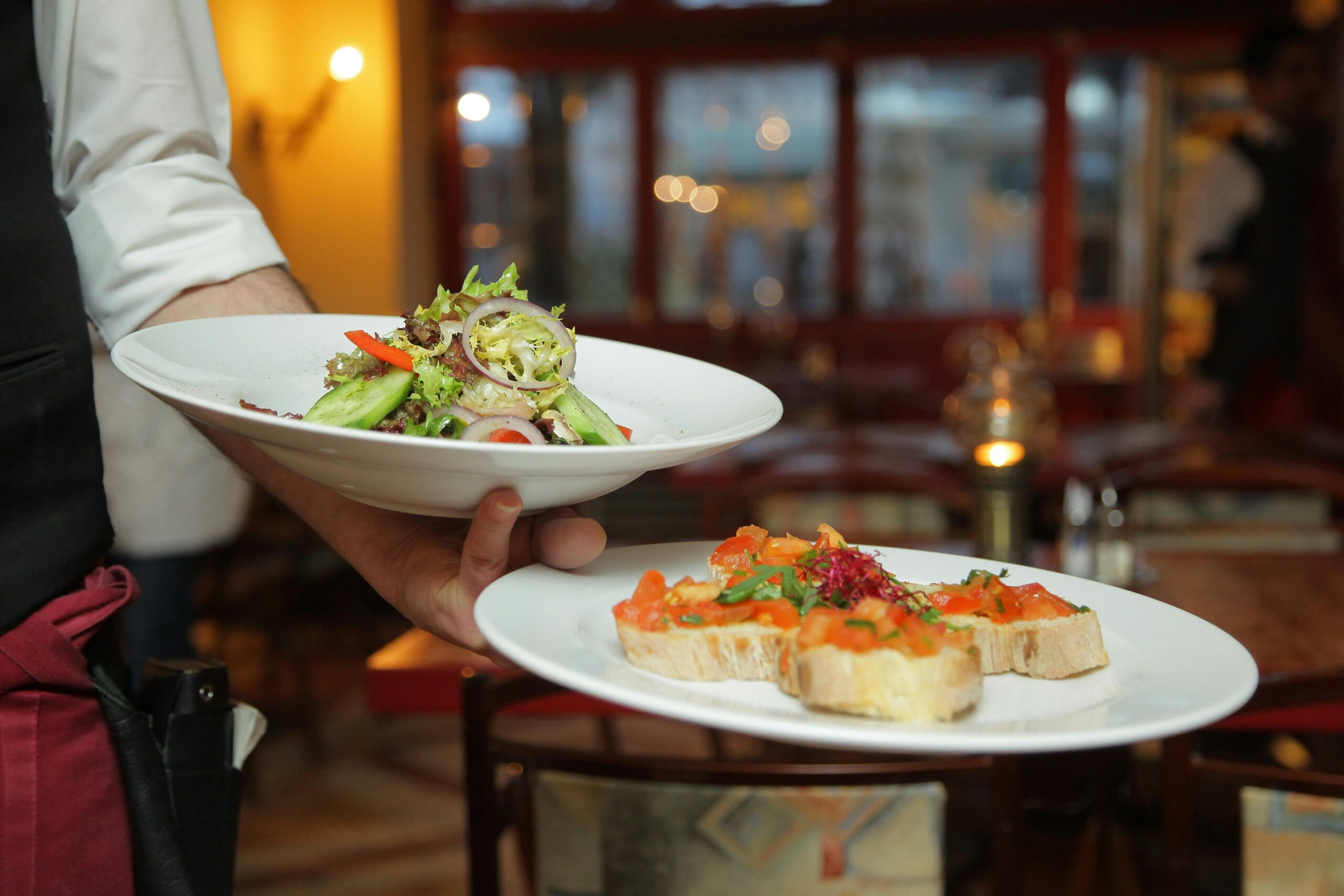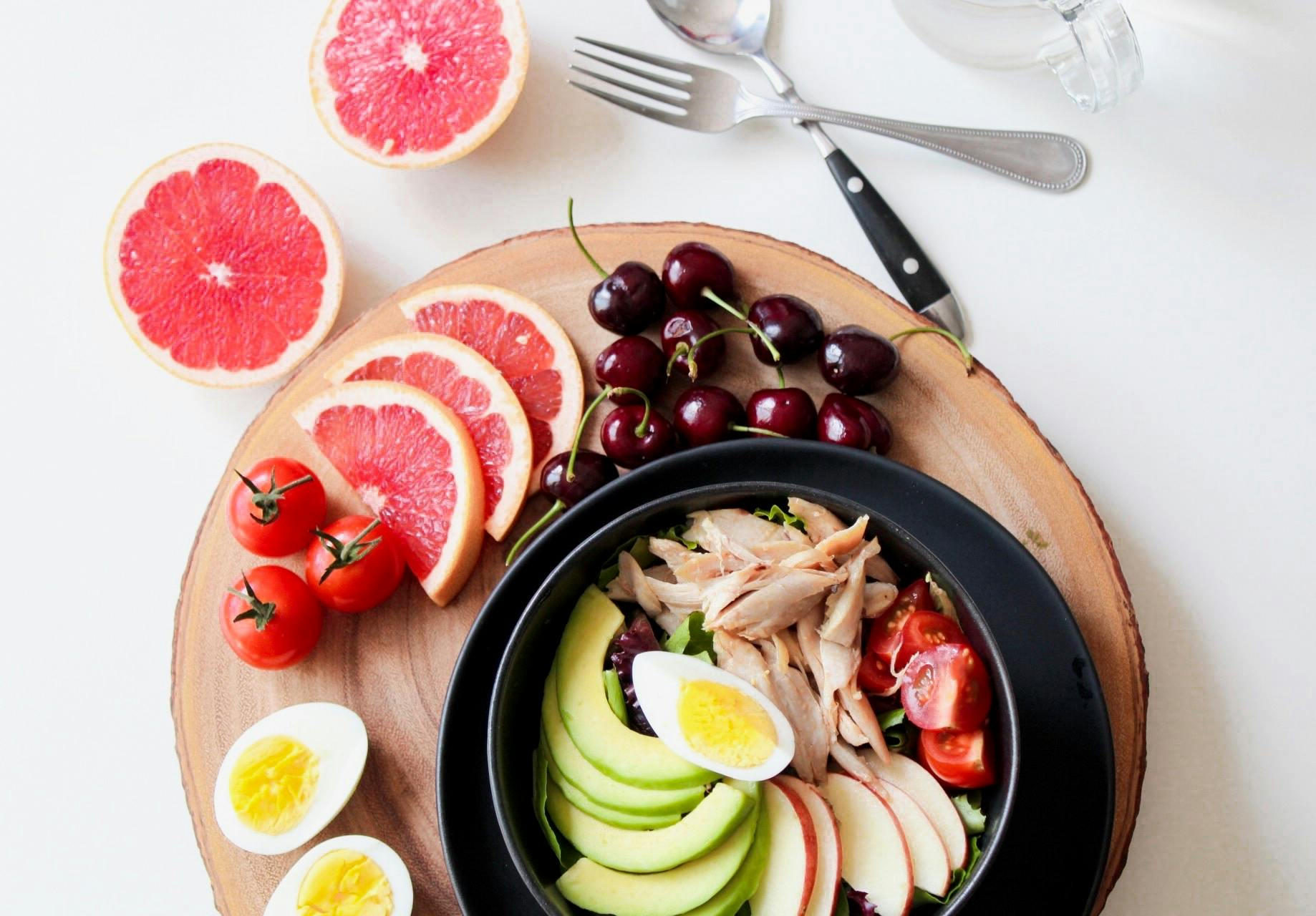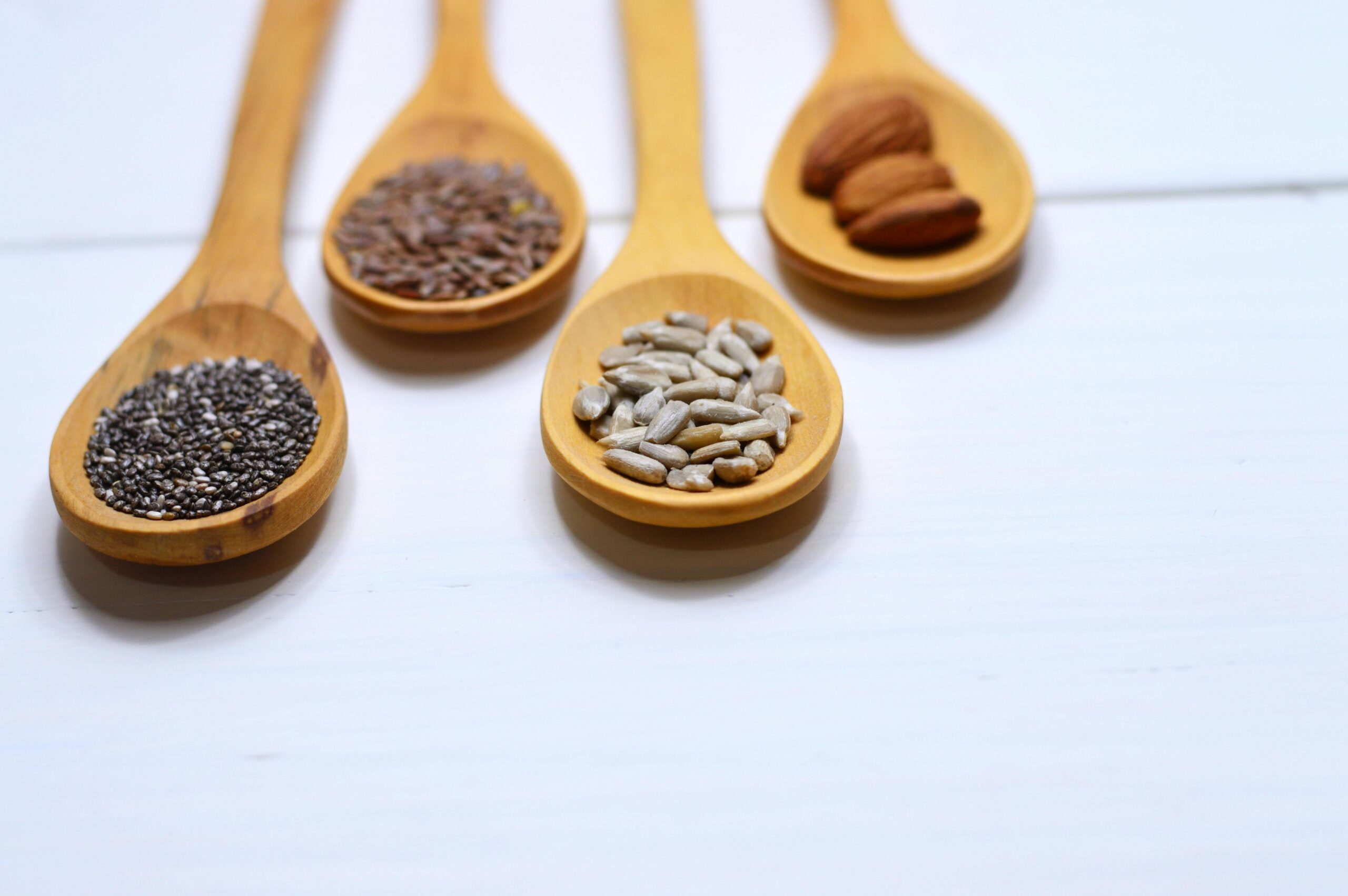If you’re a fan of pastries but have dietary restrictions, you’ve likely wondered, “Can gluten-free cakes taste just as good as regular ones?” The answer is a resounding yes! Gluten-free cakes have evolved from dry and bland to moist, flavorful, and utterly irresistible. In this guide, we’ll dive into everything you need to know about gluten-free cakes, from what makes them unique to tips, recipes, and where to find the best gluten-free cakes.
Why Gluten-Free Cakes Are in Demand
The demand for gluten-free cakes has skyrocketed in recent years. This trend is fueled by:
- Celiac Disease and Gluten Sensitivities
About 1% of the global population has celiac disease, while many others have gluten sensitivity. For these individuals, consuming gluten—a protein found in wheat, barley, and rye—can cause severe discomfort or health issues. - Health-Conscious Consumers
Many people opt for gluten-free products as part of a clean-eating lifestyle, believing they are healthier or less processed. - Allergy Awareness
Gluten-free options are also suitable for those with other related allergies, making these cakes an inclusive choice at gatherings. - Growing Culinary Innovations
Advances in food science and a boom in gluten-free flours and recipes mean that gluten-free cakes no longer compromise on taste or texture.
What Makes a Cake Gluten-Free?
A gluten-free cake omits traditional wheat-based flours in favor of alternative flours and ingredients. Key components include:
- Gluten-Free Flours
Common options are almond flour, coconut flour, rice flour, and tapioca flour. These create a base without gluten, each adding unique textures and flavors. - Binders
Since gluten provides elasticity, substitutes like xanthan gum or guar gum are used to bind ingredients and give the cake structure. - Moisture-Retaining Ingredients
Greek yogurt, mashed bananas, or applesauce often enhance the moisture content.
Top Gluten-Free Cake Varieties You’ll Love
1. Flourless Chocolate Cake
A classic in the gluten-free world, this cake uses melted chocolate, eggs, sugar, and butter to create a dense, fudgy delight.
2. Almond Flour Vanilla Cake
Perfect for birthdays or celebrations, this cake has a tender crumb and a mild, nutty flavor.
3. Coconut Flour Lemon Cake
Zesty and fresh, this cake is a lighter option and pairs well with cream cheese frosting.
4. Carrot Cake with Cream Cheese Frosting
Made with rice flour or almond flour, it delivers a traditional favorite in a gluten-free format.
5. Red Velvet Cake
With cocoa, beet juice (for natural color), and gluten-free flour, this cake is a showstopper.
Baking Tips for the Perfect Gluten-Free Cake
- Choose the Right Flour Blend
Pre-made gluten-free flour blends are excellent for beginners as they are specifically formulated to mimic the structure of wheat flour. - Don’t Skip the Binders
Binders like xanthan gum are crucial for holding the cake together and preventing crumbling. - Watch Your Ratios
Gluten-free flours absorb liquid differently. Follow recipes carefully to avoid overly dry or soggy cakes. - Use Room Temperature Ingredients
This ensures better mixing and a smoother batter. - Let It Rest
Allow your batter to rest for 15–20 minutes before baking. This helps hydrate the gluten-free flour and reduces grittiness. - Avoid Overmixing
Overmixing can cause dense cakes due to excessive air incorporation. Mix just until combined.
Simple Gluten-Free Cake Recipe
Ingredients:
- 1 ½ cups gluten-free flour blend
- 1 cup sugar
- ½ cup unsalted butter (softened)
- 2 large eggs
- 1 tsp vanilla extract
- ½ cup milk (dairy or plant-based)
- 1 ½ tsp baking powder
- ½ tsp xanthan gum (if not included in your flour blend)
Instructions:
- Preheat your oven to 350°F (175°C) and grease a 9-inch cake pan.
- In a bowl, cream the butter and sugar until light and fluffy.
- Add eggs one at a time, beating well after each addition. Stir in vanilla extract.
- In another bowl, whisk together the flour blend, baking powder, and xanthan gum.
- Gradually add the dry ingredients to the wet mixture, alternating with milk. Mix until smooth.
- Pour the batter into the prepared pan and bake for 30–35 minutes or until a toothpick inserted into the center comes out clean.
- Allow to cool before serving.
Where to Buy Gluten-Free Cakes
1. Local Bakeries
Many artisan bakeries now offer gluten-free options. Check online reviews to find the best-rated gluten-free cakes near you.
2. Online Pastry Shops
Brands like specialize in delivering top-quality pastries, including gluten-free cakes.
3. Supermarkets and Specialty Stores
Major grocery chains and health food stores stock a variety of ready-made gluten-free cakes and mixes.
The Nutritional Perspective on Gluten-Free Cakes
While gluten-free cakes are a blessing for those with dietary restrictions, it’s essential to keep portion sizes in check. They can still be high in sugar and fat, so enjoy them as a treat rather than a staple.
Healthier Substitutions:
- Replace sugar with coconut sugar or honey for natural sweetness.
- Opt for Greek yogurt or applesauce to reduce fat content.
- Incorporate whole food flours like almond or quinoa flour for added nutrients.
Why Gluten-Free Cakes Deserve a Spot on Your Table
- Versatility
Gluten-free cakes cater to various dietary needs and can be made dairy-free or vegan with minor tweaks. - Innovation
The variety of gluten-free flours available today allows for unique textures and flavors. - Inclusivity
Offering a gluten-free cake ensures all guests at a gathering can indulge. - Modern Appeal
With their growing popularity, gluten-free cakes add a contemporary twist to traditional baking.
FAQs About Gluten-Free Cakes
Q: Can I use a single type of gluten-free flour for cakes?
A: While you can use single flours like almond or coconut flour, a blend of gluten-free flours often yields the best results.
Q: Are gluten-free cakes healthier than regular cakes?
A: Not necessarily. Gluten-free cakes can be just as indulgent as regular ones. However, they can be tailored to include nutrient-dense ingredients.
Q: How do I prevent my gluten-free cake from being dry?
A: Use moisture-retaining ingredients like yogurt or applesauce and avoid overbaking.
Q: What frosting pairs well with gluten-free cakes?
A: Cream cheese, buttercream, or even whipped ganache work beautifully, depending on the cake flavor.
Conclusion
Gluten-free cakes have transformed the pastry world, offering an inclusive and delectable option for everyone. Whether you’re baking at home or buying from a bakery, there’s no shortage of flavors, textures, and possibilities to explore.
So, why not try your hand at gluten-free baking or order one today? You’ll be amazed at how deliciously indulgent a gluten-free cake can be!





